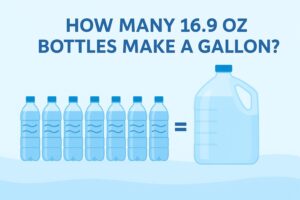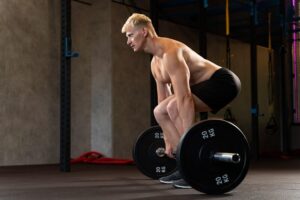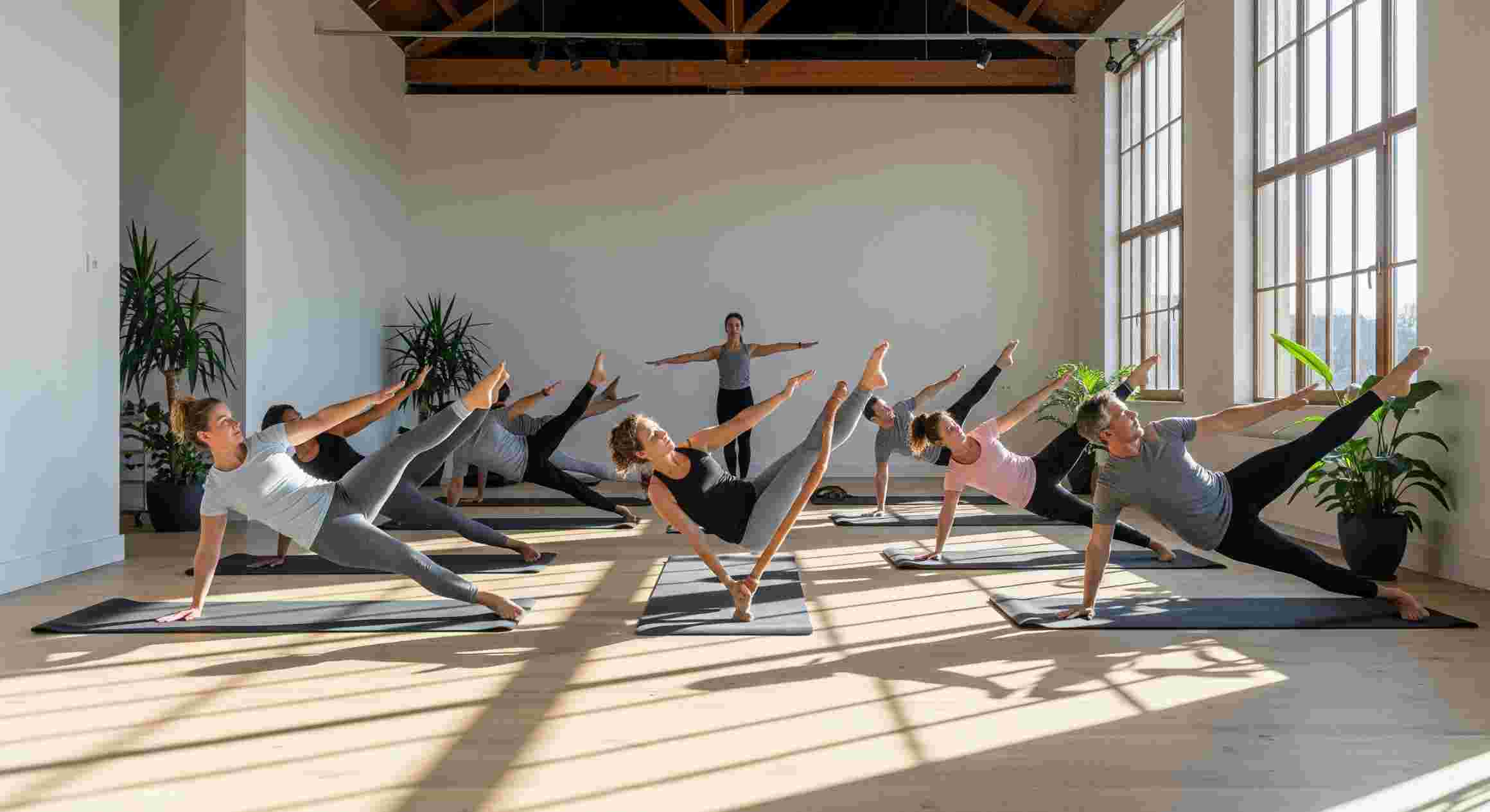
When I first stepped into a Pilates studio, I’ll be honest—I thought it was going to be a “gentle stretch” day. I pictured slow breathing, a little core activation, and maybe some graceful moves I’d fail at spectacularly.
But halfway through, my legs were shaking, my arms were burning, and I found myself asking: does Pilates build muscle, or am I just dramatically weak?
Spoiler alert: Pilates doesn’t just make you feel muscles you didn’t know existed—it actually helps you build them in a way that looks sleek, strong, and functional.
Does Pilates Build Muscle Like Weightlifting Does?
Not exactly. Weightlifting typically focuses on progressive overload—gradually increasing weight to build bigger, bulkier muscles. Pilates, on the other hand, emphasizes controlled movements, resistance through body weight or equipment like reformers, and high repetition.
The result? Muscle endurance, strength, and definition, without necessarily the same hypertrophy (big size gains) that heavy lifting provides. Pilates builds lean, elongated muscles, giving you a toned and sculpted look while also improving mobility and posture.
Does Pilates Build Muscle in the Core Only?
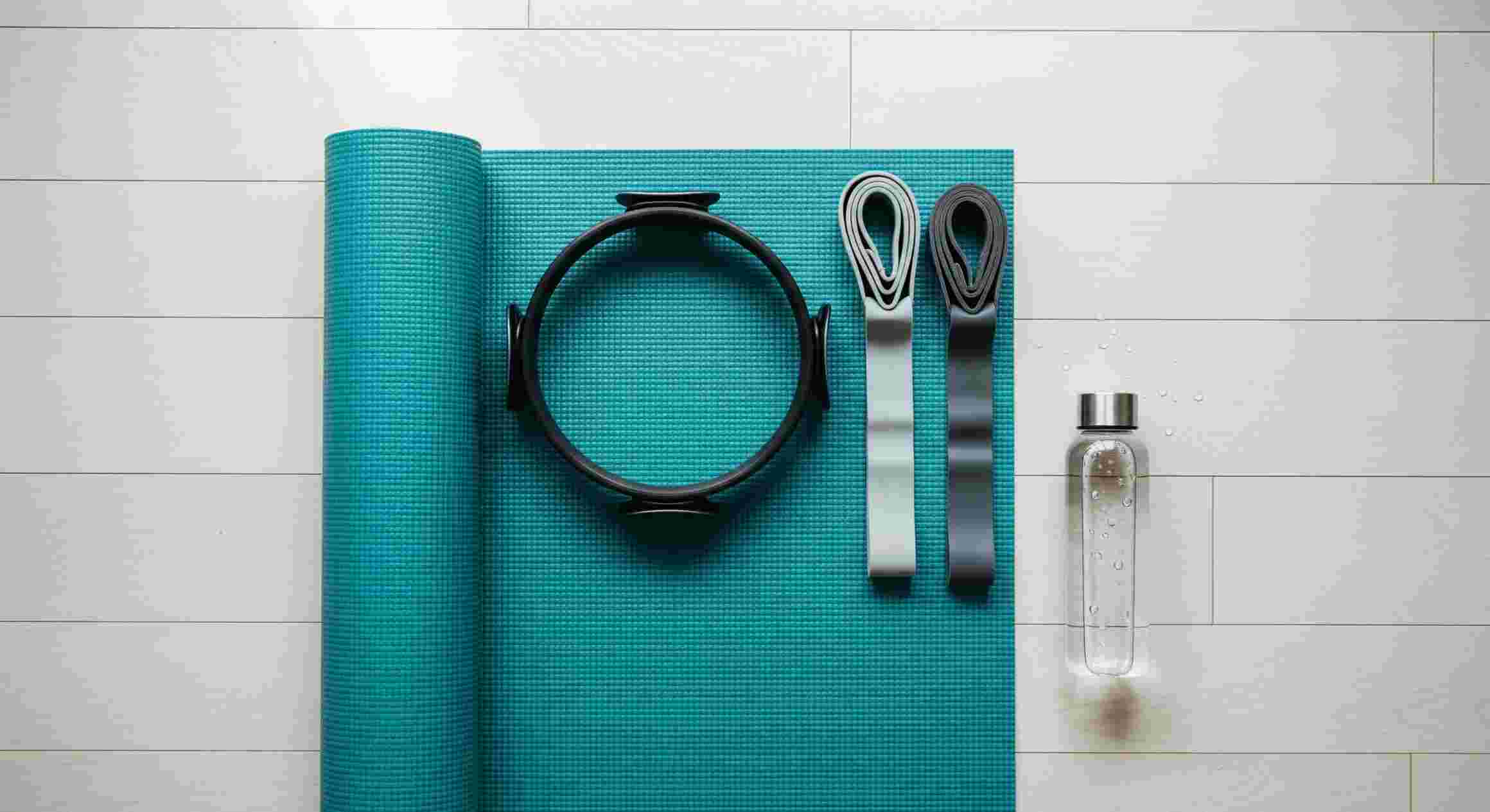
This is one of the biggest misconceptions about Pilates. Sure, core strength is a huge focus—you’ll definitely leave class with abs firing—but Pilates goes way beyond that.
Movements target the glutes, hamstrings, shoulders, arms, and even smaller stabilizer muscles most workouts skip. That’s why Pilates practitioners always wear appropriate clothing and often have such balanced physiques. It’s a head-to-toe strengthening system, not just “ab work.”
In fact, the full-body engagement is what makes Pilates so effective for athletes, dancers, and everyday movers who want strength that translates into real-life performance or for people who want to lose weight.
Does Pilates Build Muscle Enough for Real Strength?
Yes—though the type of strength is a bit different. With Pilates, you’re developing functional strength: stability, balance, endurance, and muscle control. It may not help you deadlift 400 pounds, but it will help you hold a plank longer, move more efficiently, and protect your joints from injury.
It’s especially powerful for building the kind of supportive strength that makes you better at other workouts. Runners, lifters, and even yogis use Pilates as cross-training to balance their bodies and prevent overuse injuries.
How to Use Pilates to Build Muscle Effectively
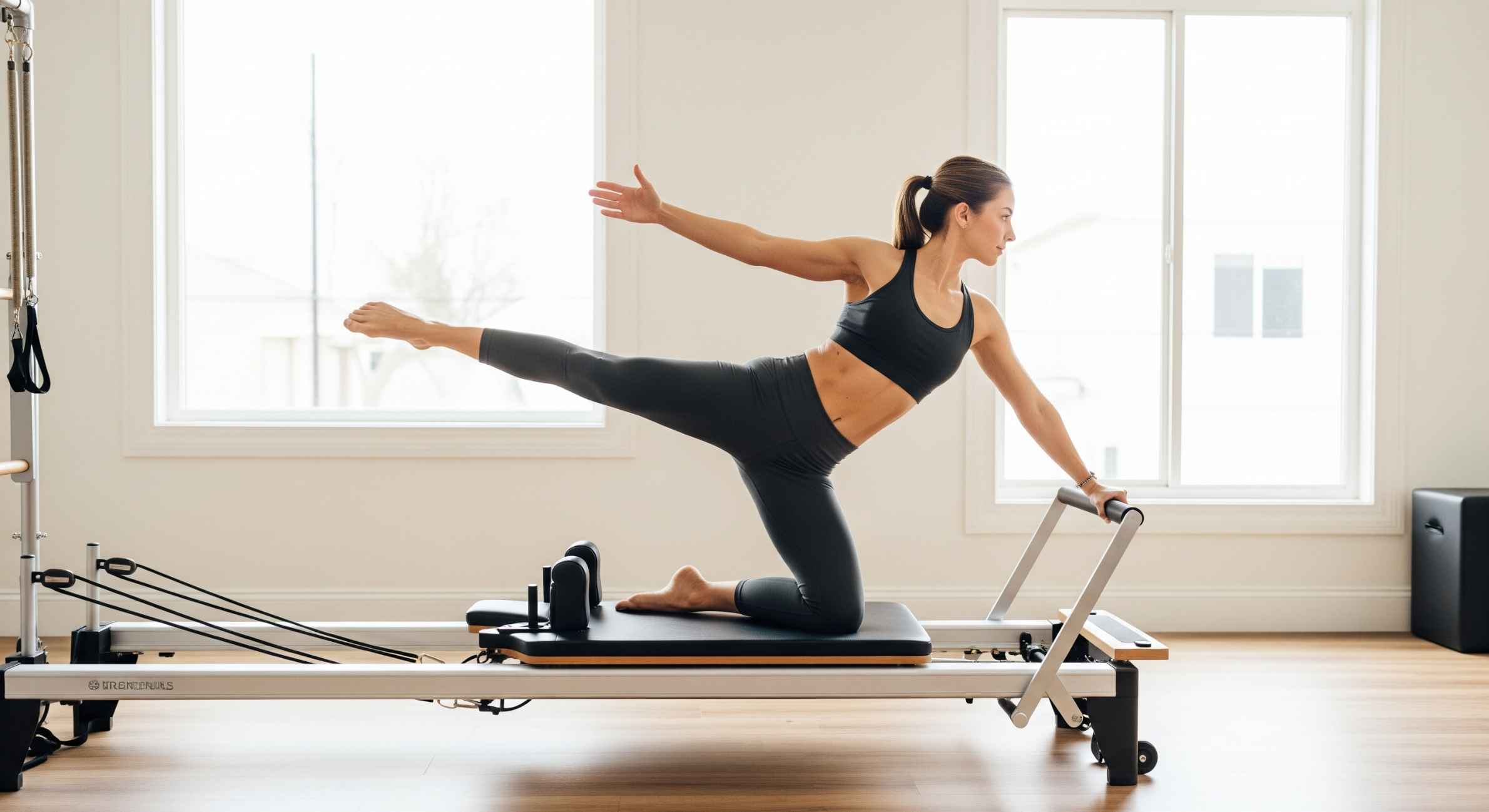
Here’s where strategy makes all the difference. If you want Pilates to contribute to muscle building, consistency and progression truly are key.
Step 1: Commit to regular practice. Aim for 2–3 sessions per week. Muscle adaptation requires frequency, not just the occasional class.
Step 2: Challenge your muscles. Use resistance bands, Pilates rings, or reformer equipment to increase intensity. Just like in strength training, you need to push past comfort.
Step 3: Pair it with nutrition and recovery. Building muscle isn’t just about the workout. Adequate protein and rest ensure your body repairs and strengthens effectively.
With this approach, Pilates shifts from being “just toning” to a real muscle-strengthening tool in your fitness routine.
FAQs About Pilates and Muscle Building
Does Pilates make you bulky?
No. Pilates emphasizes lean muscle building, not bulk. The focus is on control, form, and endurance, which creates definition and tone rather than size.
Can Pilates replace strength training?
For some people, yes—especially if their goal is lean muscle and improved mobility. But if your goal is maximum hypertrophy, combining Pilates with weight training works best.
Is mat Pilates enough to build muscle?
Yes, though equipment-based Pilates can add extra resistance. Mat work still challenges your body through controlled movements and repetition.
Does Pilates burn fat while building muscle?
Indirectly. Pilates builds muscle and boosts endurance, which supports fat loss when paired with proper nutrition and other forms of exercise.
Strong, Sculpted, and Seriously Surprised
So, does Pilates build muscle? Absolutely—but it does it differently than a barbell. Instead of chasing bulk, you’re training for strength that shows up in everyday movement, balance, and long, lean muscle tone.
Personally, Pilates taught me that shaking muscles don’t mean weakness—they mean growth. It’s strength in disguise, wrapped in grace and control. And once you feel it, you’ll never underestimate those deceptively simple moves again.
Here’s my tip: treat Pilates as both a strength tool and a recovery practice. You’ll build muscle, yes—but you’ll also build resilience, posture, and a body that feels as good as it looks. That’s a win-win in my book.

